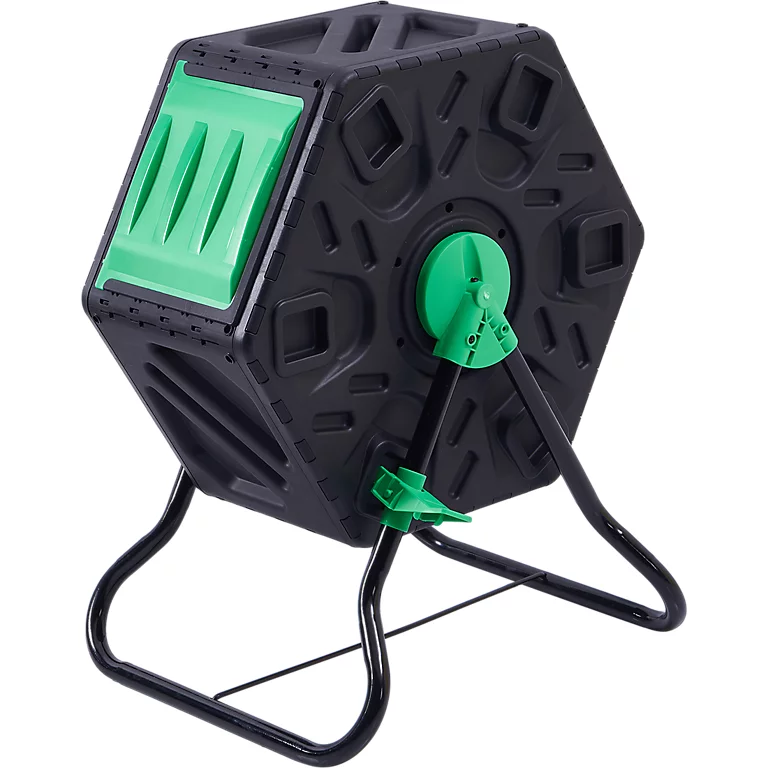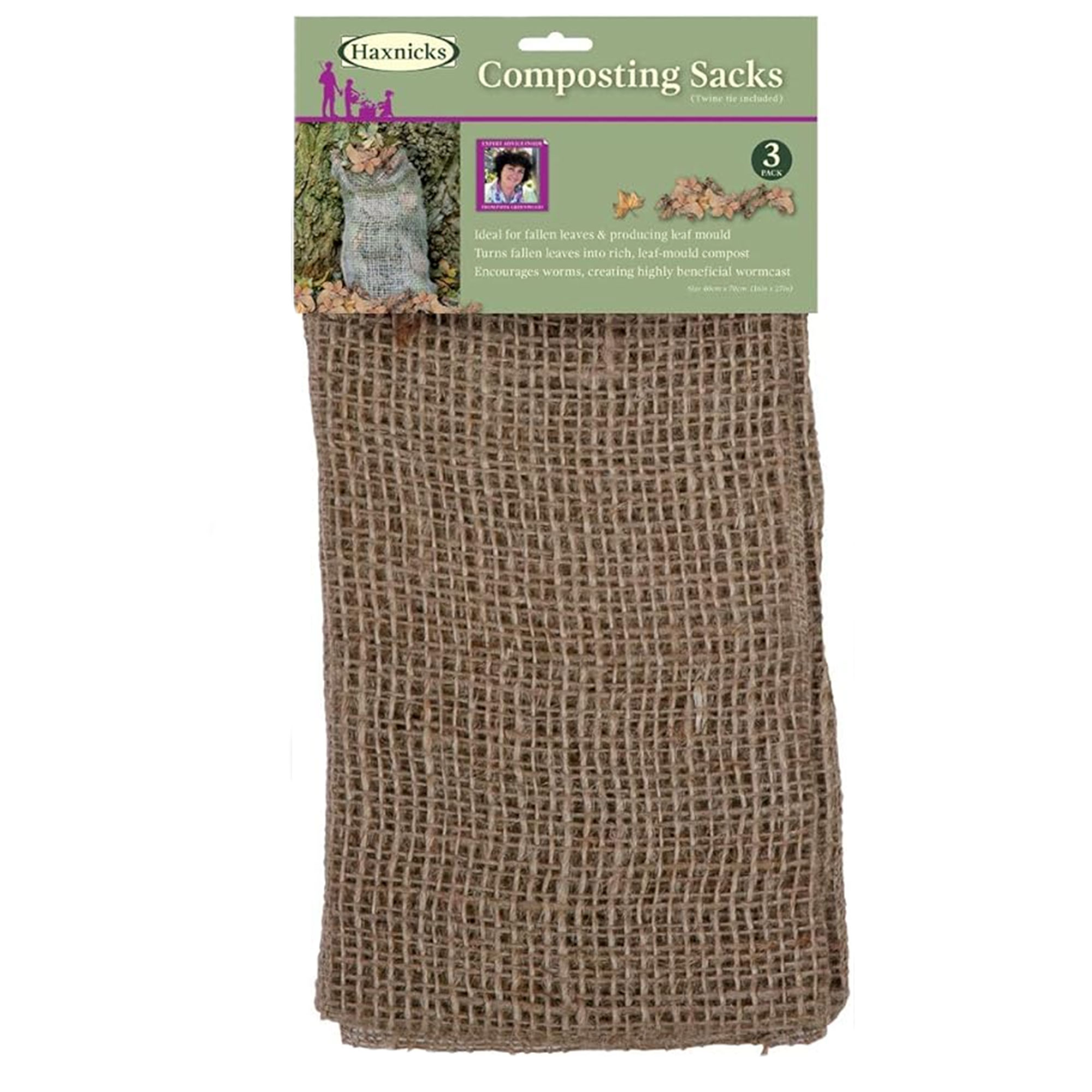Never ignore fallen leaves from this one tree – unless you want to risk it killing your grass
The general rule of thumb is to leave fallen leaves as and where they fall... but there is, as ever, an exception
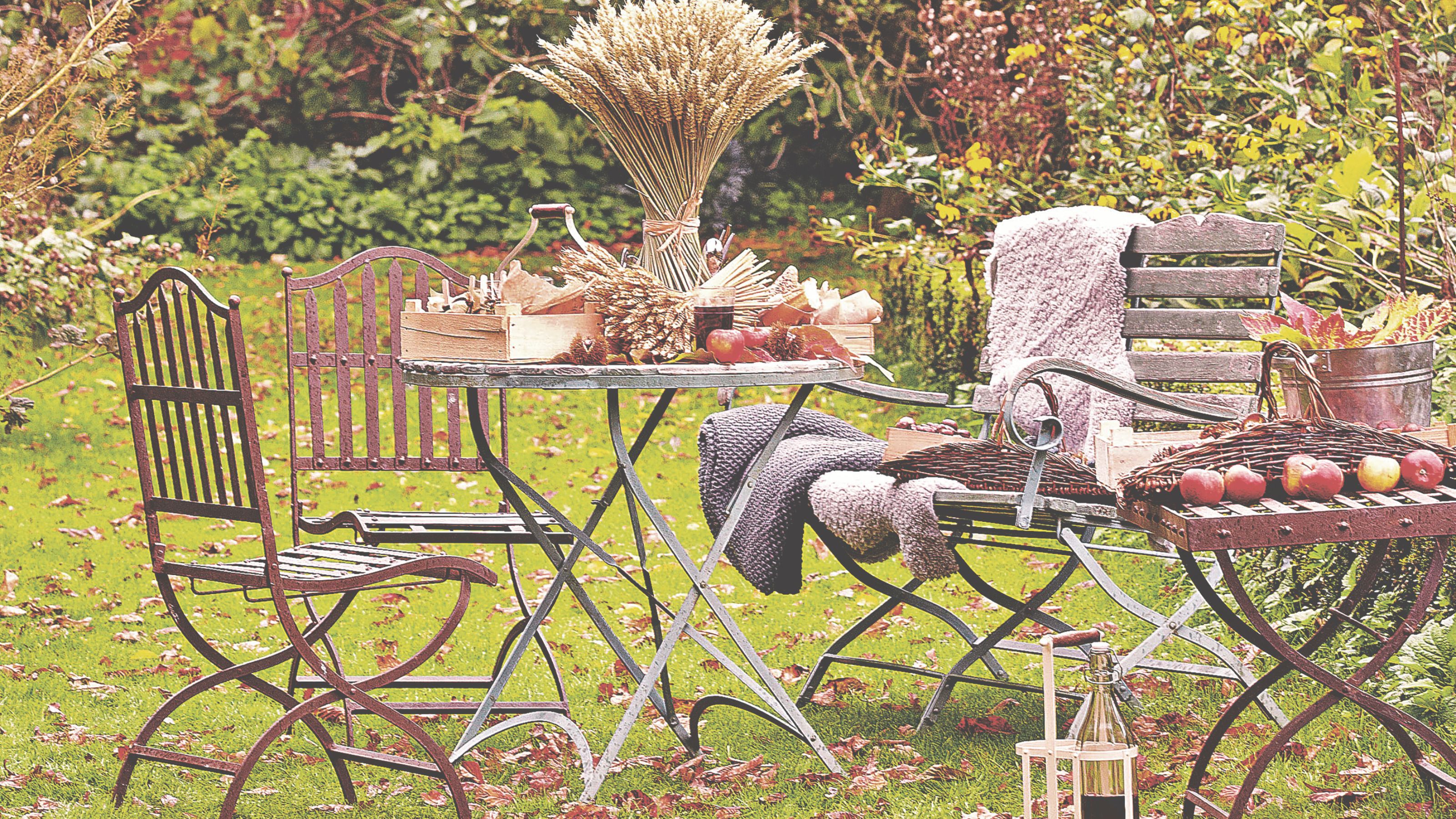

Everyone knows, by this point, that fallen leaves are magic for the garden – largely because they help to nourish the soil and support local wildlife. However, this logic becomes slightly unstuck when it comes to beech leaves.
So if you're wondering if you remove autumn leaves from your garden, well, it depends. The answer can change because of where they've fallen, as certain areas – such as lawns – can find them quite smothering, as well the type of tree they've fallen from.
That's right; Monty Don's autumn leaves hack doesn't always work. Here's what gardeners have to say about tackling a flurry of fallen beech leaves...
Why beech leaves are the exception to the rule
'Leaving a very light covering of any leaves on a lawn is fine and can actually replenish the soil, but any heavier layers should be mowed over to break up and spread across the lawn thinly or raked up to make leaf mould,' says Morris Hankinson, director of Hopes Grove Nurseries.
And wen it comes to beech trees, the leaves from these plants make a very good leaf mulch. 'Leaving a layer on the lawn could potentially kill the grass beneath as they take longer to rot down, due to being high in lignin (this is from the cell walls of woody plants).'
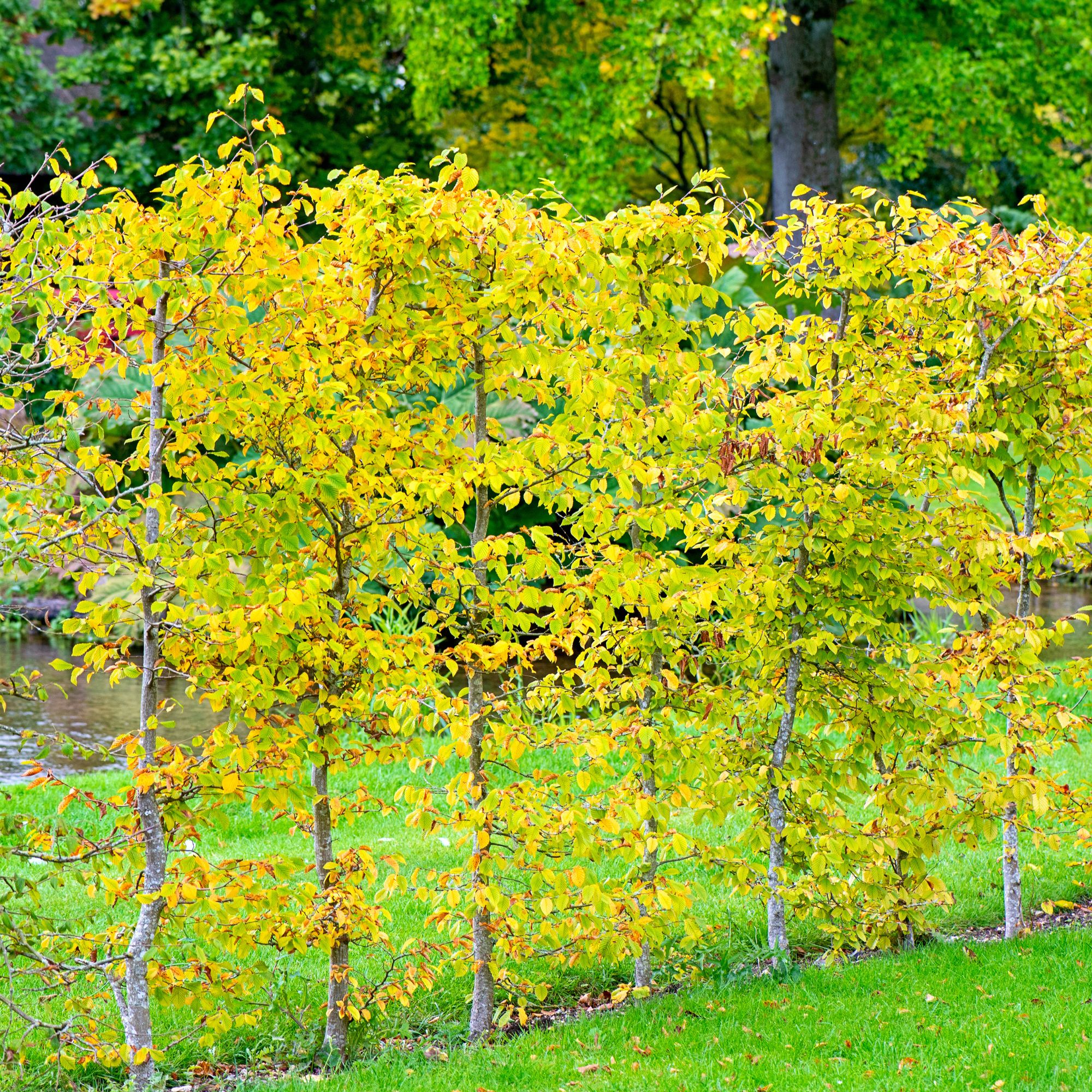
Basically, beech may be one of the best hedging plants or trees to invest in, but it requires a little extra hard work over the autumn months if you want to keep your garden thriving.
'Beech leaves are more resilient and take longer to break down than, say, maple or oak leaves,' says Steven Bell, the CEO of Paving Shopper.
Get the Ideal Home Newsletter
Sign up to our newsletter for style and decor inspiration, house makeovers, project advice and more.
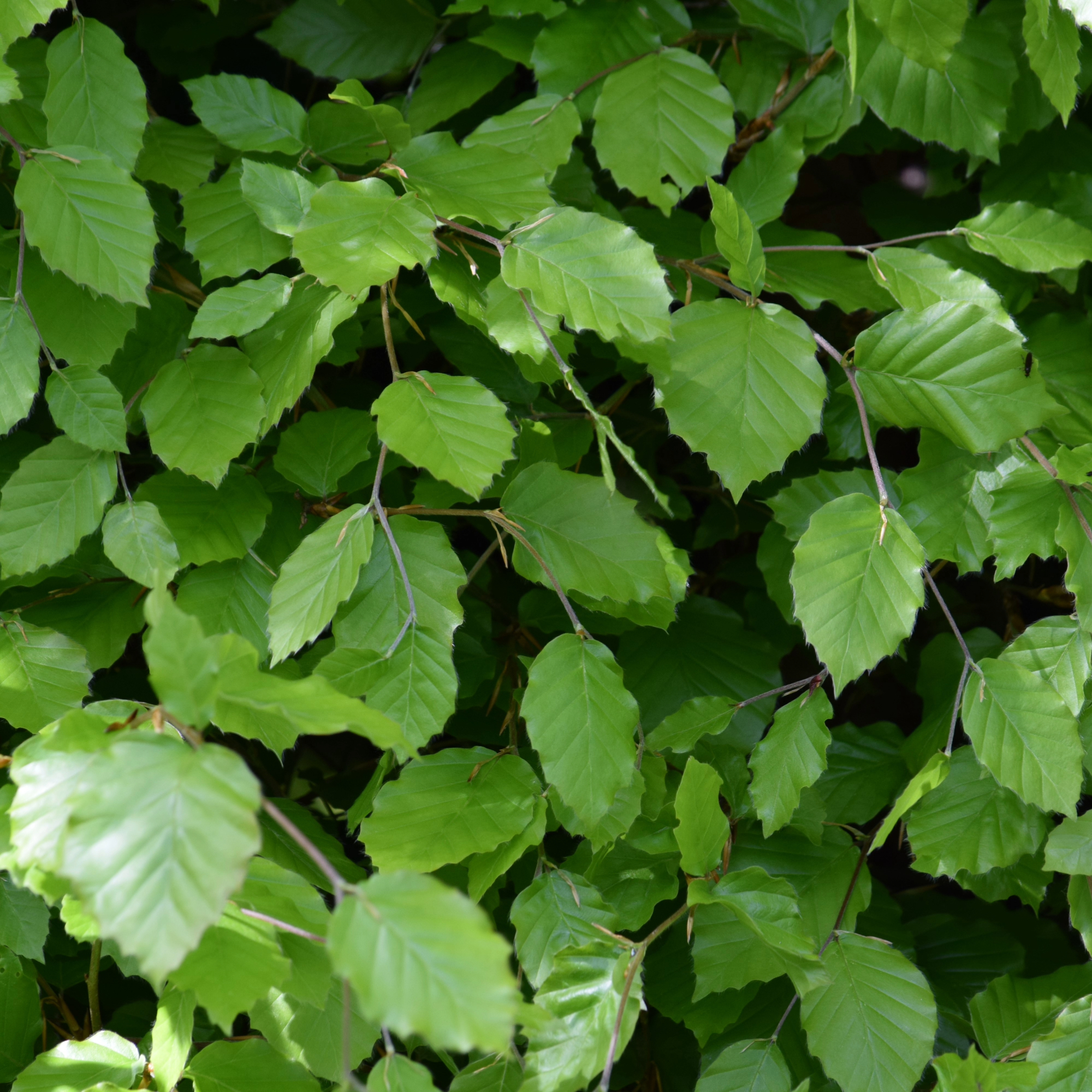
Steven goes on to explain that this is due to a lower nitrogen content and their waxy cuticle, which nature designed to protect them from moisture loss but makes them stubborn decomposers.
'If left untreated on a lawn, beech leaves can mat down and block light, making grass patchy, which is why they’re better collected than left scattered,' he says.
With that in mind, then, you'll need to turn your beech leaves into leaf mould if you want to use them as a fertiliser.
What to do with fallen beech leaves
As with any leaves, beech leaves can be raked into a pile and stored in bags with holes in so they break down to form leaf mulch (also known as leaf mould).
'If they aren’t turned or broken down first they can take up to two years to be ready for use,' cautions Morris of this savvy wildlife garden idea.
'Mowing over them first, moistening the leaves before storing and turning the leaves every now and again will speed up the process.'
What you'll need
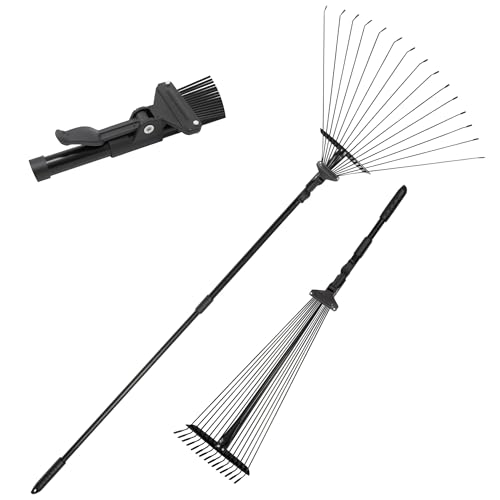
Rake those beech leaves up, we love how this tool collapses and folds for easy storage when not in use.
FAQs
Can beech leaves be composted?
Learning how to make compost means learning – and beech leaves can be composted, with a little assistance.
'Shredding or breaking them up is key to increasing their surface area,' says Steven Bell of Paving Shopper. 'Think of it like pre-chopping vegetables for a stew; smaller pieces break down faster and more evenly, I like to say.'
He notes that adding a bit of garden soil or finished compost introduces beneficial fungi and microbes that accelerate decomposition.
Should you pick up fallen beech leaves?
Leaving beech leaves on the garden in drifts can create helpful habitats for loval wildlife, yes, but you should aim to collect most of them up so you can put them to work elsewhere.
'If they’re stored in a breathable sack or leaf cage, they’ll turn into a rich, crumbly leaf mould in 2-3 years – ideal as a soil conditioner or mulch,' says Paving Shopper's Steven Bell.
'The wait is worth it for leaf mould, especially with beech; it becomes this incredible organic matter that both retains moisture and feeds the soil, which is invaluable in a garden setting.'
So, there we have it: beech leaves are brilliant for the garden, so long as you are prepared to scoop them up and patiently wait for them to break down in the compost heap.
If you'll excuse us, then, we're just nipping out back with a rake and some bags...

Kayleigh Dray became Ideal Home’s Acting Content Editor in the spring of 2023, and is very excited to get to work. She joins the team after a decade-long career working as a journalist and editor across a number of leading lifestyle brands, both in-house and as a freelancer.
-
 Wood drenching is the calming new twist on the colour drenching trend – here’s how to make the look work in your home
Wood drenching is the calming new twist on the colour drenching trend – here’s how to make the look work in your homeIt’s easier than ever to embrace natural materials
By Maddie Balcombe
-
 Aldi is launching a £200 day bed with four different features - its sleek design is suited to the whole family
Aldi is launching a £200 day bed with four different features - its sleek design is suited to the whole familyYou don't want to miss out on this Specialbuy
By Kezia Reynolds
-
 How to set up a drip watering system that saves water and a lot of effort
How to set up a drip watering system that saves water and a lot of effortKeep your plants hydrated (and your water bill down) with this clever garden watering solution
By Natalie Osborn
